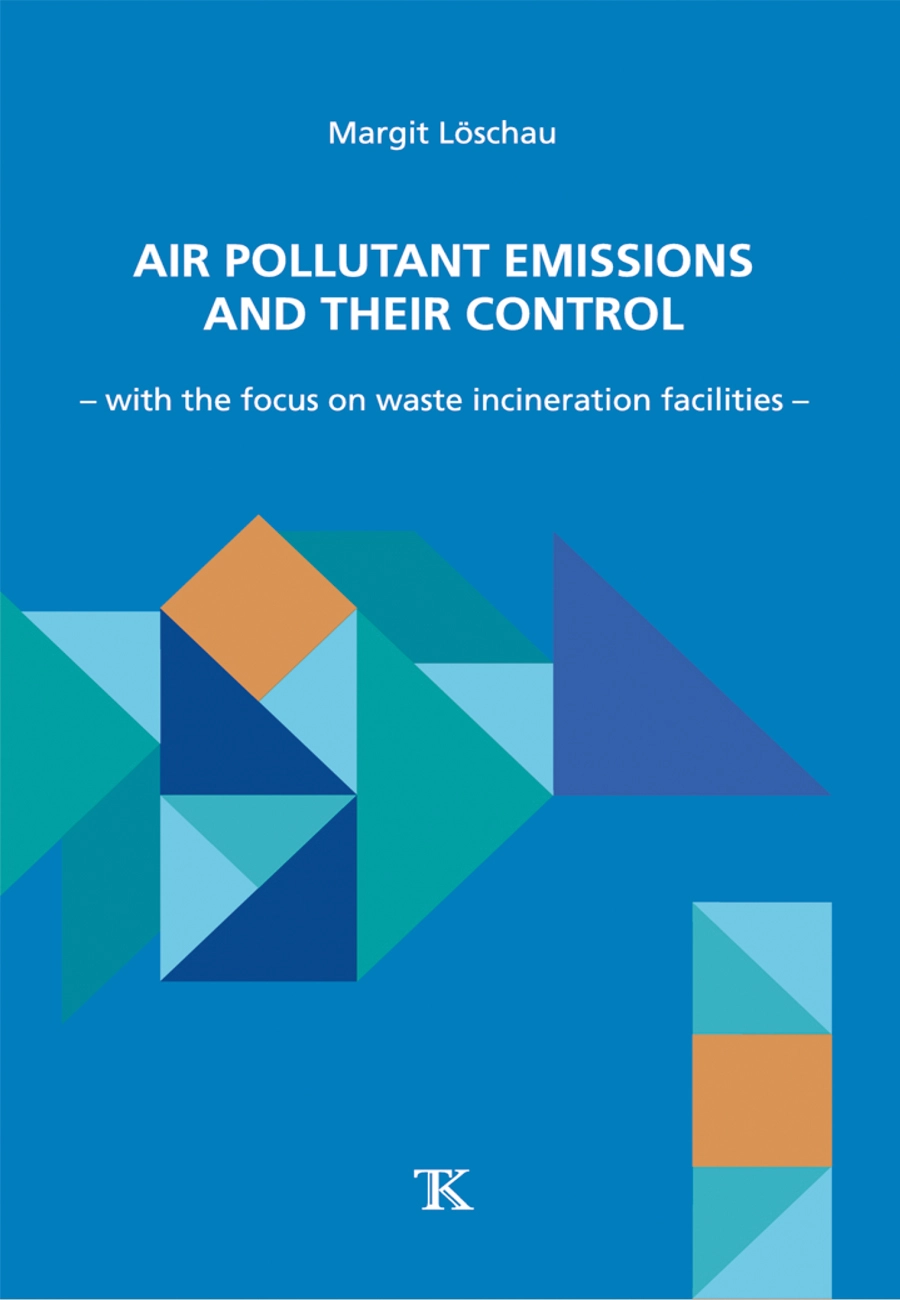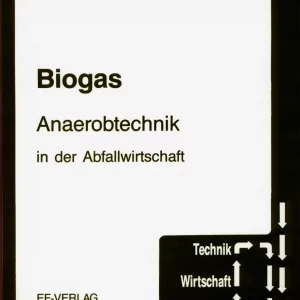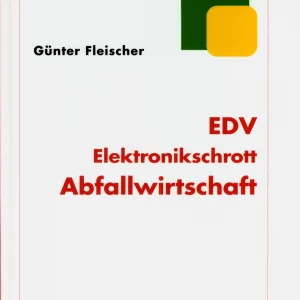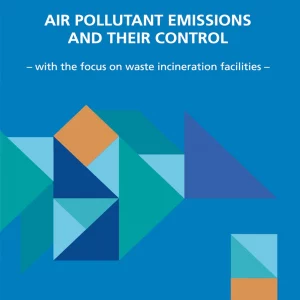Inhaltsverzeichnis
1 Origins and Effects of Air pollutants
1.1 Natural Composition of the Atmosphere
1.2 Dust
1.3 Carbon Monoxide
1.4 Organic Pollutants
1.4.1 Polychlorinated dibenzodioxins and furans
1.4.2 Polychlorinated biphenyls
1.4.3 Polycyclic aromatic hydrocarbons
1.5 Nitrogen Oxides
1.6 Hydrogen Halides
1.7 Sulphur Oxides
1.8 Heavy Metals
1.9 References
2 Legal Framework
2.1 European Law
2.1.1 Industrial Emissions Directive
2.1.2 Reference Documents on Best Available Techniques
2.2 German Legislation
2.2.1 Federal Immission Control Act
2.2.1.1 Seventeenth Federal Immission Control Ordinance
2.2.1.2 Thirteenth Federal Immission Control Ordinance
2.2.1.3 Technical Instructions on Air Pollution Control
2.2.2 Greenhouse Gas Emissions Allowance Trading Act
2.2.3 Standards and Guidelines
2.2.3.1 VDI Guideline 3460 – Emission Control
2.2.3.2 Uniform Practice in Monitoring Emissions
2.2.3.3 DIN EN 15259 – Measurement of Stationary Source Emissions
2.3 Emission Limit values by Different Countries
2.4 References
3 Pollutant Formation in the Combustion Process and Primary Control Measures
3.1 Dust
3.2 Carbon Monoxide and Organically Bound Carbon
3.3 Organic Pollutants
3.3.1 Polychlorinated dibenzodioxins and furans
3.3.2 Polycyclic aromatic hydrocarbons
3.4 Nitrogen Oxides
3.4.1 Formation mechanisms
3.4.1.1 Fuel NOx
3.4.1.2 Thermal NOx
3.4.1.3 Prompt NOx
3.4.2 Primary measures for NOx reduction
3.4.2.1 Air staging
3.4.2.2 Flue gas recirculation
3.4.2.3 Low-NOx burners
3.5 Acid Gases
3.6 Heavy Metals
3.7 Typical Raw Gas Compositions
3.8 References
4 Chemical and Physical Principles of Pollutant Removal from Gas Streams
4.1 Principles of Particulate Pollutant Removal
4.1.1 Centrifugal force
4.1.2 Electrostatic force of attraction
4.1.3 Filtration
4.1.4 Heterocoagulation
4.2 Principles of Gaseous Pollutant Removal
4.2.1 Homogeneous gas-phase reaction
4.2.2 Sorption
4.2.2.1 Adsorption
4.2.2.2 Absorption
4.2.3 Catalysis
4.3 References
5 Secondary Measures for the Control of Particulate Air Pollutants
5.1 Inertial Collectors
5.1.1 Gravity collectors
5.1.2 Centrifugal collectors
5.2 Electrostatic Precipitators
5.2.1 Dry electrostatic precipitators
5.2.2 Wet electrostatic precipitators
5.3 Filtering Separators
5.3.1 Fabric filters
5.3.1.1 Process principle
5.3.1.2 Filter types
5.3.1.3 Filter elements
5.3.1.4 Filter cleaning
5.3.1.5 Filter design parameters
5.3.2 Granular-bed filters
5.4 Wet Scrubbers
5.5 References
6 Secondary Measures for Nitrogen Oxides Control
6.1 Reagents
6.1.1 Ammonia water
06.1.2 Urea solution
6.2 Selective Non-Catalytic Reduction (SNCR) Process
6.2.1 Process principle
6.2.2 Injection technology
6.2.3 Ammonia-based versus urea-based SNCR systems
6.2.4 Optimisation measures
6.2.5 Ammonia deposition on fly ash
6.3 Selective Catalytic Reduction (SCR) Process
6.3.1 Process principle
6.3.2 SCR system configurations
6.3.2.1 High-dust SCR
6.3.2.2 Low-dust SCR
6.3.2.3 Tail-end SCR
6.3.3 Reagent injection
6.3.4 Catalyst system
6.3.5 Catalyst structure and geometries
6.3.6 Catalyst characteristics
6.3.6.1 Activity
6.3.6.2 Stability
6.3.6.3 Selectivity
6.3.7 Side reactions
6.3.7.1 Formation of sulphur trioxide and sulphuric acid
6.3.7.2 Formation of ammonium salts
6.3.7.3 Mercury oxidation
6.3.7.4 Oxidation of organic pollutants
6.4 Hybrid SNCR/SCR Process
6.5 References
7 Secondary Measures for the Control of Organic Pollutants and Vapour-Phase Heavy Metals
7.1 Adsorption Processes
7.1.1 Physical adsorbents
7.1.1.1 Carbon-based adsorbents
7.1.1.1.1 Activated carbon
7.1.1.1.2 Activated coke
7.1.1.1.3 Safety aspects
7.1.1.2 Mineral adsorbents
7.1.1.2.1 Zeolites
7.1.1.2.2 Bentonites
7.1.1.3 Other adsorbents
7.1.2 Fixed-bed and moving-bed processes
7.1.3 Entrained-flow filter cake process
7.2 Mercury Absorption Process
7.3 Oxidation Catalyst for Polychlorinated Dibenzodioxins and Furans
7.4 References
8 Secondary Measures for Acid Gas Control
8.1 Sorbents
8.1.1 Sodium-based sorbents
8.1.1.1 Sodium hydrogen carbonate
8.1.1.2 Caustic soda
8.1.2 Calcium-based sorbents
8.1.2.1 Limestone
8.1.2.2 Quicklime
8.1.2.3 Hydrated lime
8.1.2.4 Enhanced hydrated lime sorbents
8.1.3 Mixed sorbents
8.2 Wet Processes
8.2.1 Process principle
8.2.2 Scrubber types
8.2.2.1 Spray tower scrubbers
8.2.2.2 Packed-bed scrubbers
8.2.3 Flue gas conditioning
8.2.4 Acidic scrubbing stage
8.2.5 Neutral scrubbing stage
8.2.5.1 Physical absorption of sulphur dioxide
8.2.5.2 Sulphate formation
8.2.5.3 Chemical absorption of sulphur dioxide
8.2.5.3.1 Limestone scrubbing
8.2.5.3.2 Milk-of-lime scrubbing
8.2.5.3.3 Caustic soda scrubbing
8.2.5.3.4 Other neutral scrubbing processes
8.2.6 Co-removal of other pollutants in wet scrubbing systems
8.2.6.1 Removal of mercuric chloride
8.2.6.1.1 Absorption in the acidic scrubber
8.2.6.1.2 Oxidation of elemental mercury
8.2.6.1.3 Re-emission of elemental mercury
8.2.6.1.4 Adsorption on carbon-based adsorbents
8.2.6.2 Co-removal of sulphur trioxide
8.2.6.3 Co-removal of dioxins and furans
8.2.6.4 Co-removal of particulate pollutants and aerosols
8.2.6.5 Co-removal of ammonia
8.2.7 Flue gas reheating
8.2.8 Scrubber effluent handling
8.2.8.1 Scrubber effluent treatment
8.2.8.1.1 Precipitation system
8.2.8.1.2 Separation of precipitates from the liquid phase
8.2.8.2 Product recovery from liquid residues
8.2.8.2.1 HCl recovery
8.2.8.2.2 Gypsum recovery
8.2.8.3 Scrubber effluent evaporation
8.3 Semi-Dry Processes
8.3.1 Process principle
8.3.2 Flue gas conditioning
8.3.3 Sorption of acid gases
8.3.4 Reactor system
8.3.4.1 Spray dry absorption processes
8.3.4.1.1 Rotary atomiser spray dry absorbers
8.3.4.1.2 Dual-fluid nozzle spray dry absorbers
8.3.4.2 Conditioned-dry processes
8.3.4.2.1 Conditioning unit
8.3.4.2.2 Reactor types
8.4 Dry Processes
8.4.1 Process principle
8.4.2 Hydrated lime-based dry process
8.4.3 Sodium hydrogen carbonate-based dry process
8.4.4 Reactor types
8.5 In-Situ Desulphurisation
8.6 Hybrid Processes
8.7 CFD Simulation for Plant Optimisation
8.8 References
9 Emissions and Emission Monitoring
9.1 Periodic Emission Measurements
9.1.1 Requirements for emission measurements
9.1.1.1 Measurement section
9.1.1.2 Measurement site
9.1.1.3 Measurement objective
9.1.1.4 Sampling strategy
9.1.1.5 Measurement plan
9.1.1.6 Measurement report
9.1.2 Methods for manual periodic emission measurements
9.1.2.1 Sampling and analysis for particulates and particle-bound heavy metals
9.1.2.2 Sampling and analysis for polychlorinated dibenzodioxins and furans
9.1.2.3 Sampling and analysis for gaseous inorganic compounds
9.2 Continuous Emission Monitoring
9.2.1 Allowable measurement uncertainties
9.2.2 Quality assurance of continuous emission monitoring systems
9.2.2.1 Use of suitability-tested continuous emission monitoring systems (QAL 1)
9.2.2.2 Calibration and validation of continuous emission monitoring systems (QAL 2)
9.2.2.3 Ongoing quality assurance of the CEMS during operation (QAL 3)
9.2.3 Continuous emission monitoring methods
9.2.3.1 Classification of continuous emission monitoring systems
9.2.3.2 Measurement of particulate emissions
9.2.3.2.1 Optical transmission method
9.2.3.2.2 Scattered light method
9.2.3.3 Measurement of gaseous emissions
9.2.3.3.1 Multi-component measurement using Fourier Transform Infrared spectroscopy
9.2.3.3.2 Multi-component measurement by non-dispersive infrared spectroscopy
9.2.3.3.3 Total carbon measurement using flame ionisation detectors
9.2.3.3.4 Mercury measurement
9.2.3.4 Measurement of reference quantities
9.2.3.4.1 Flow measurement
9.2.3.4.2 Oxygen measurement
9.2.3.4.3 Moisture measurement
9.2.3.4.4 Temperature measurement
9.2.3.4.5 Pressure measurement
9.2.4 Evaluation of emission data
9.3 Emissions from Thermal Waste Treatment Facilities in Germany
9.4 References
10 Management of Solid Flue Gas Treatment Residues
10.1 Treatment Processes
10.1.1 Solidification processes
10.1.2 Washing processes
10.1.3 Sintering processes
10.1.3.1 Integrated sintering process
10.1.3.2 Downstream sintering processes
10.1.4 Vitrification processes
10.1.4.1 Oxidative melting processes
10.1.4.2 Reductive melting processes
10.1.5 Recovery processes
10.1.5.1 Metal recovery
10.1.5.2 Recovery of precursors for soda production
10.1.5.3 Phosphate recovery
10.2 Disposal
10.2.1 Utilisation as mine fill
10.2.2 Subsurface disposal
10.3 References
11 Overall Flue Gas Treatment Concepts
11.1 Selection Criteria
11.1.1 Removal efficiency
11.1.1.1 Wet/semi-dry/dry processes
11.1.1.2 Entrained-flow or fixed-bed/moving-bed adsorbers
11.1.1.3 SNCR/SCR process
11.1.2 Flue gas temperature
11.1.3 Site-specific factors
11.1.4 Economics
11.1.4.1 Wet/semi-dry/dry processes
11.1.4.2 NOx control processes




